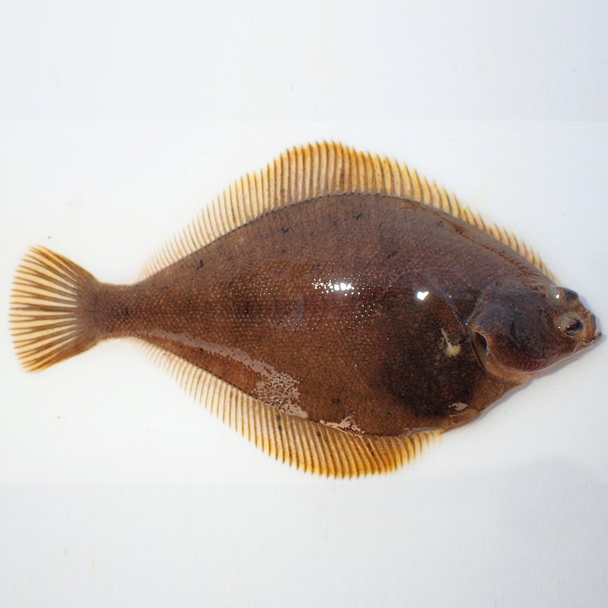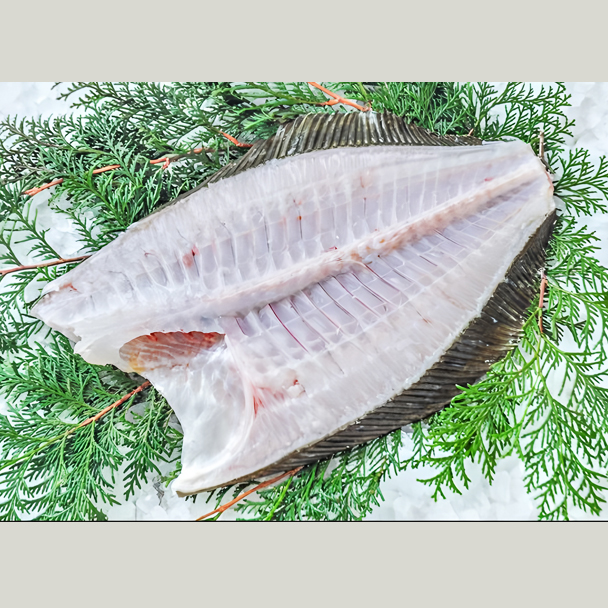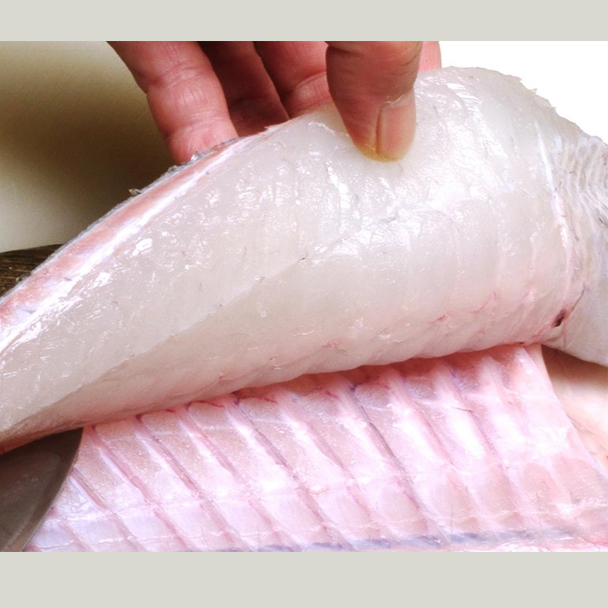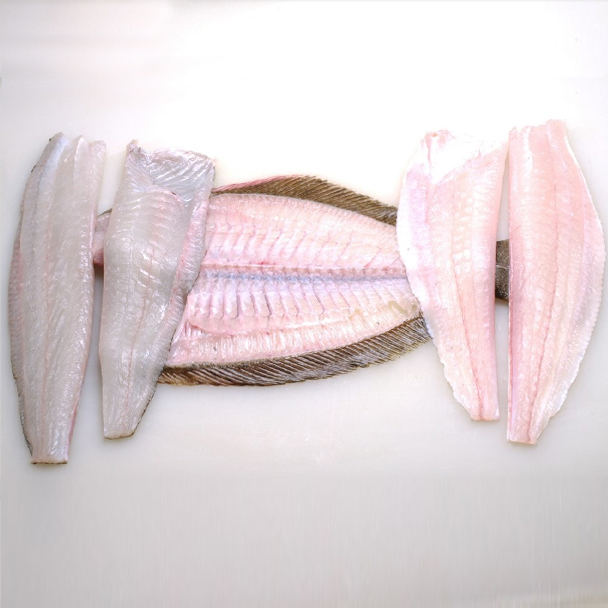








Asaba Flounder (Scientific name: Limanda yokohamae) is a demersal fish widely distributed along the coast of Japan and in the northwestern Pacific Ocean. Belonging to the order Pleuronectiformes and the family Pleuronectidae, it has a flat, oval-shaped body. The left side of the body, which has both eyes, is grayish-brown with irregular dark spots, providing excellent camouflage, while the right (blind) side is lighter in color. Adult individuals typically measure 20 to 30 cm in length, with the largest reaching up to about 35 cm.
The Asaba flounder inhabits shallow coastal waters with sandy or muddy bottoms, typically found at depths of 20 to 200 meters. It feeds on small benthic organisms such as crustaceans, polychaetes, and small shellfish. Its flesh is white, delicate, and mildly flavored, rich in protein and low in fat, making it a favorite among fans of Japanese cuisine.
In Japan, the Asaba flounder is commonly prepared by steaming, salt-grilling, simmering (nitsuke), or as dried fish. It is particularly abundant in winter, which is its peak fishing season. Thanks to its excellent taste and nutritional value, it is one of the most popular flounder species in the Japanese seafood market.
